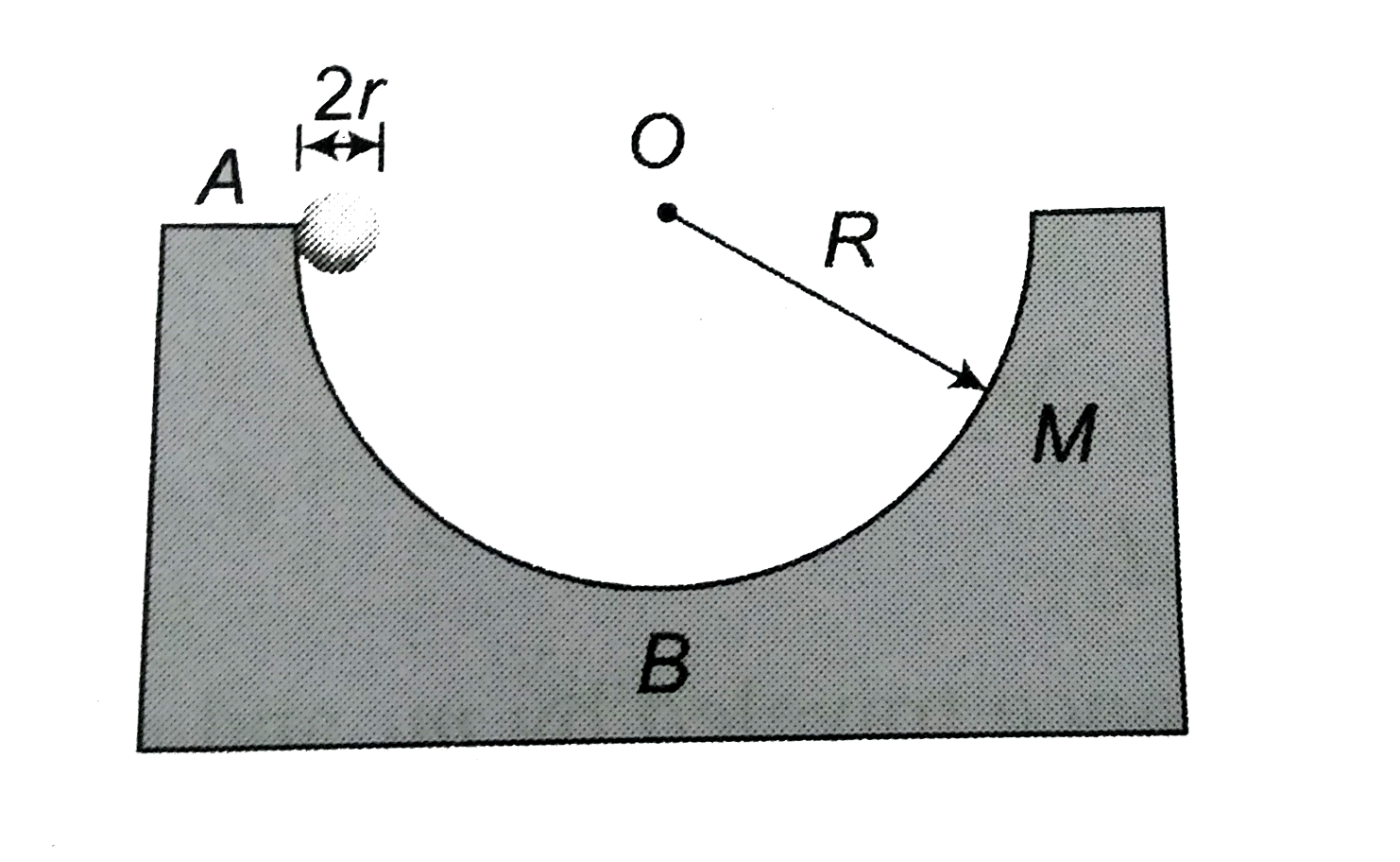Shown in the figure is a block at rest haivng an inclined smooth groove in a vertical plane. The horizontal surface is smooth. A ball of the mass as that of the block at rest is released from the top end. The time when the ball will leave groove is √nL2√3g. Find n.
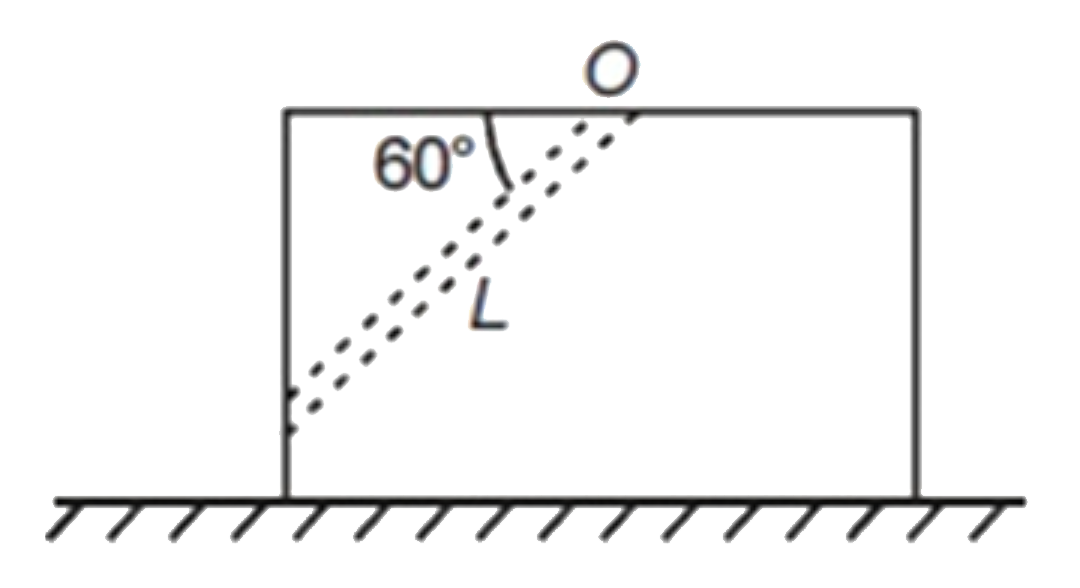
The correct Answer is:7
Step by step video, text & image solution for Shown in the figure is a block at rest haivng an inclined smooth groove in a vertical plane. The horizontal surface is smooth. A ball of the mass as that of the block at rest is released from the top end. The time when the ball will leave groove is sqrt((nL)/(2sqrt3g)). Find n. by Physics experts to help you in doubts & scoring excellent marks in Class 12 exams.
Updated on:21/07/2023Topper's Solved these Questions
Similar Questions
Knowledge Check
A force of 50N acts in the direction as shown in figure. The block of mass 5kg, resting on a smooth horizontal surface. Find out the acceleration of the block.
 A5√3ms−2B2√3ms−2C15√3ms−2D3√3ms−2
A5√3ms−2B2√3ms−2C15√3ms−2D3√3ms−2The system of block and wedges all of same mass shown in the figure is released from rest. All surfaces are smooth. Then:
 AThe speed of block A when it falls 50cm is 2√2m/sBThe speed of block B when A falls 50cm is 4m/sCThe speed of block B when A falls 50cm is √10m/sDThe speed of block C when A falls 50cm is √2m/s
AThe speed of block A when it falls 50cm is 2√2m/sBThe speed of block B when A falls 50cm is 4m/sCThe speed of block B when A falls 50cm is √10m/sDThe speed of block C when A falls 50cm is √2m/sA block of mass m rests on a stationary wedge of mass M. The wedge can slide freely on a smooth horizontal surface as shown in figure. If the block starts from rest
 A(a) the position of the centre of mass of the system will changeB(b) the position of centre of mass of the system will change along the vertical but not along the horizontalC(c) the total energy of the system will remain constantD(d) All of the above
A(a) the position of the centre of mass of the system will changeB(b) the position of centre of mass of the system will change along the vertical but not along the horizontalC(c) the total energy of the system will remain constantD(d) All of the above
A block of mass m is placed at rest on a smooth wedge of mass M placed at rest on a smooth horizontal surface. As the system is released
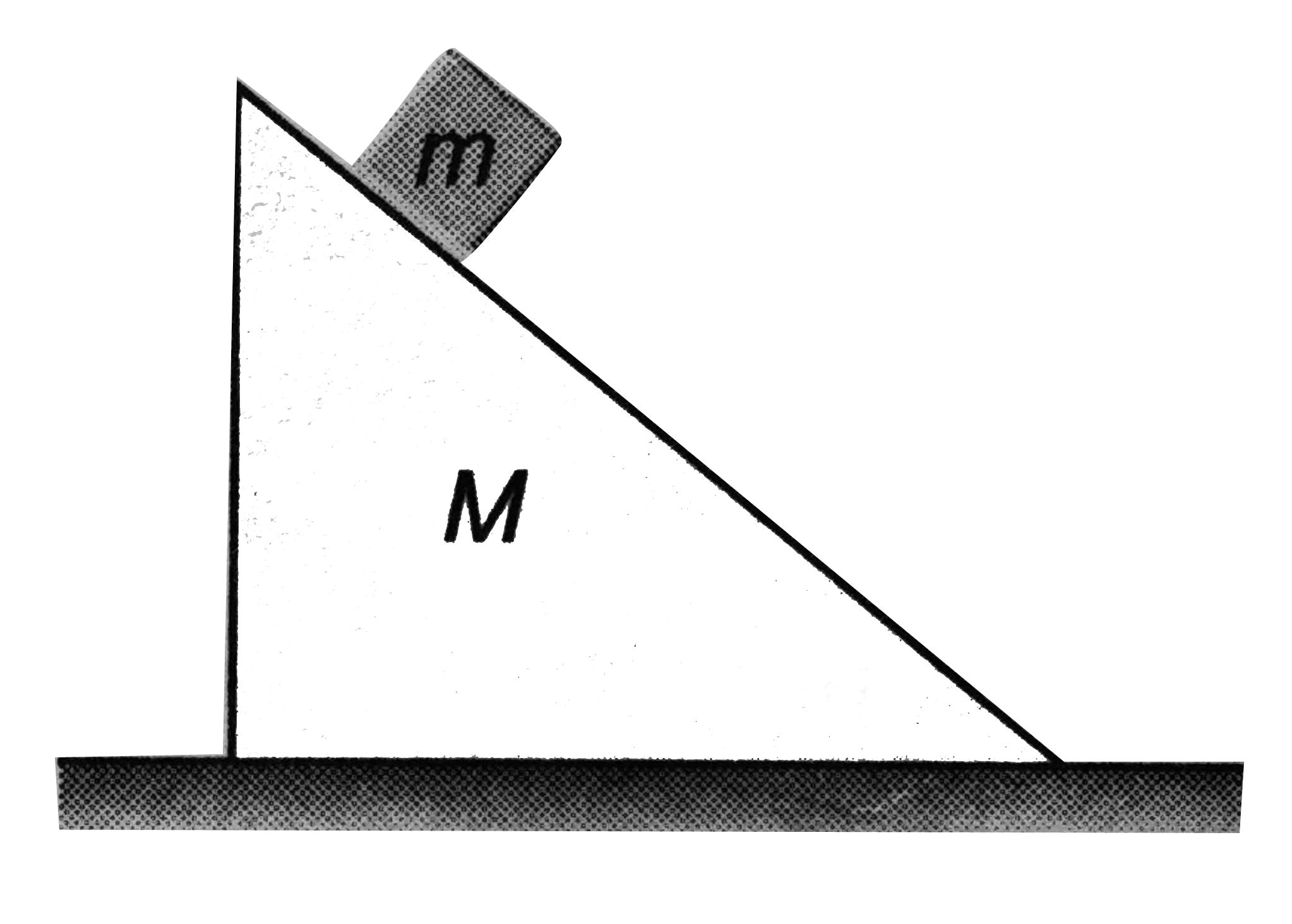
View SolutionA force of 50 N acts in the direction as shown in figure. The block of mass 5kg. Resting on a smooth horizonatal surface. Find out the acceleration of the block.
View SolutionA wedge having a vertical slot in it is placed on smooth horizontal surface as shown in the figure. Two blocks are arranged as shown in the figure. The system is released from rest calculate the speed of the wedge when block 1 comes down a distance h.
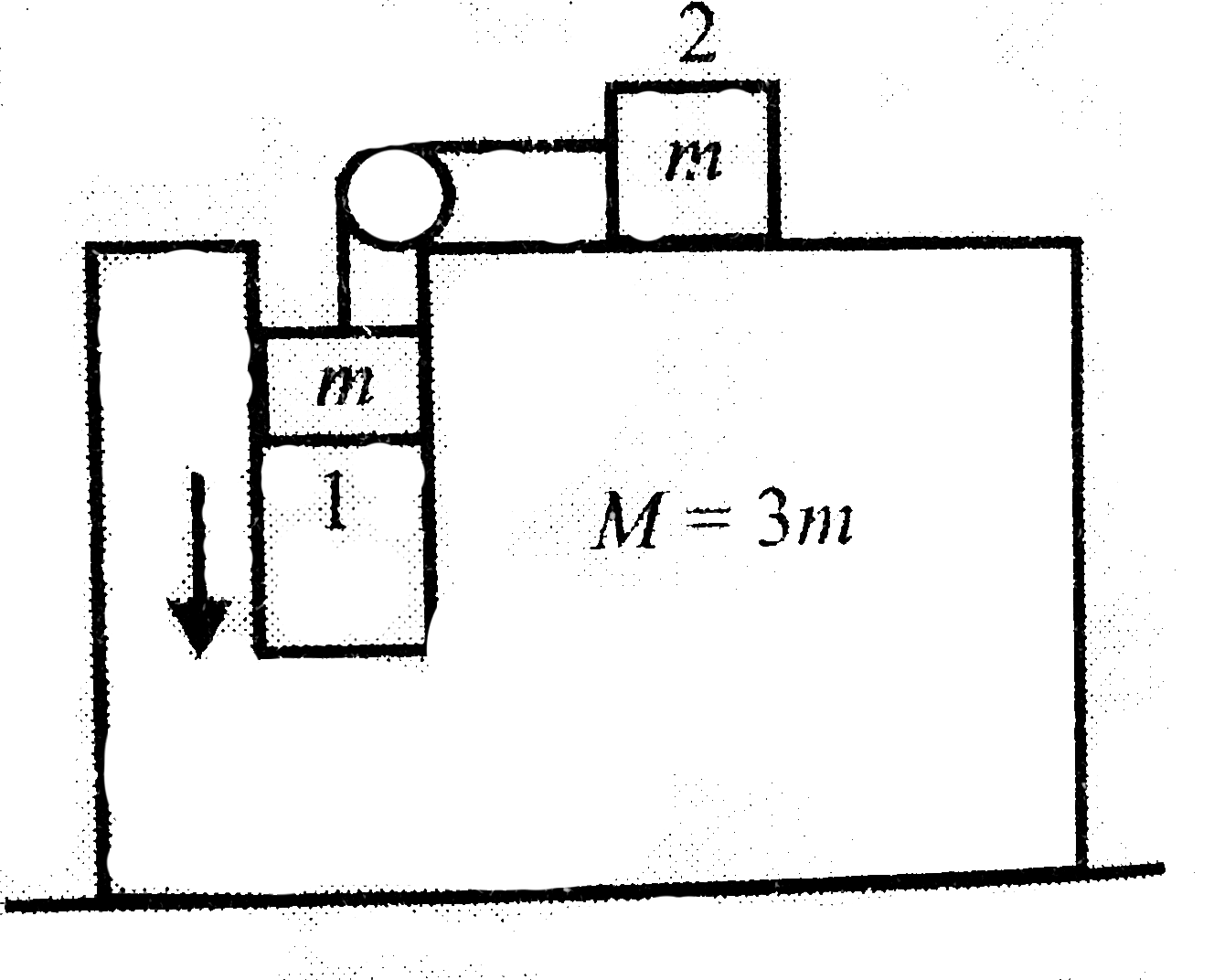
View SolutionThere is an inclined surface of inclination θ. A smooth groove is cut into it forming an angle α with AB as shown in figure. A steel ball is free to slide a long the groove. If the ball is released from the point O. Find the speed when it comes to A.
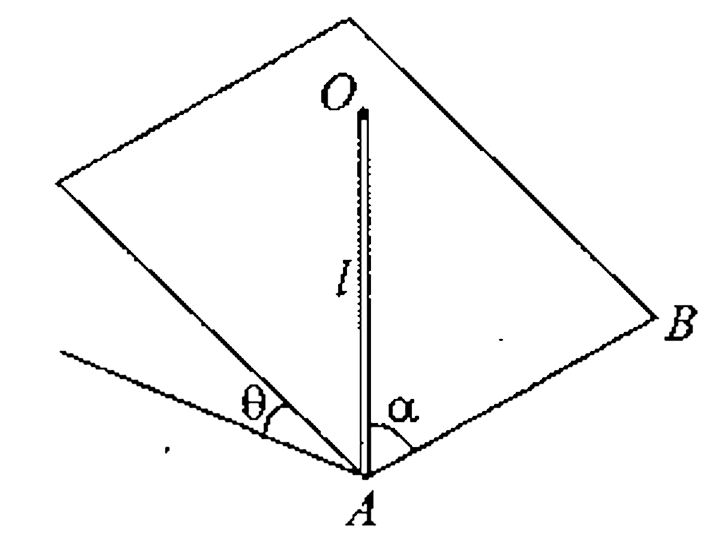
View SolutionFigure shows a block A of mass 6m having a smooth semicircular groove of radius a placed on a smooth horizontal surface. A block B of mass m is released from a position in groove where its radius is horizontal. Find the speed of the bigger block when the smaller block reaches its bottom most position.
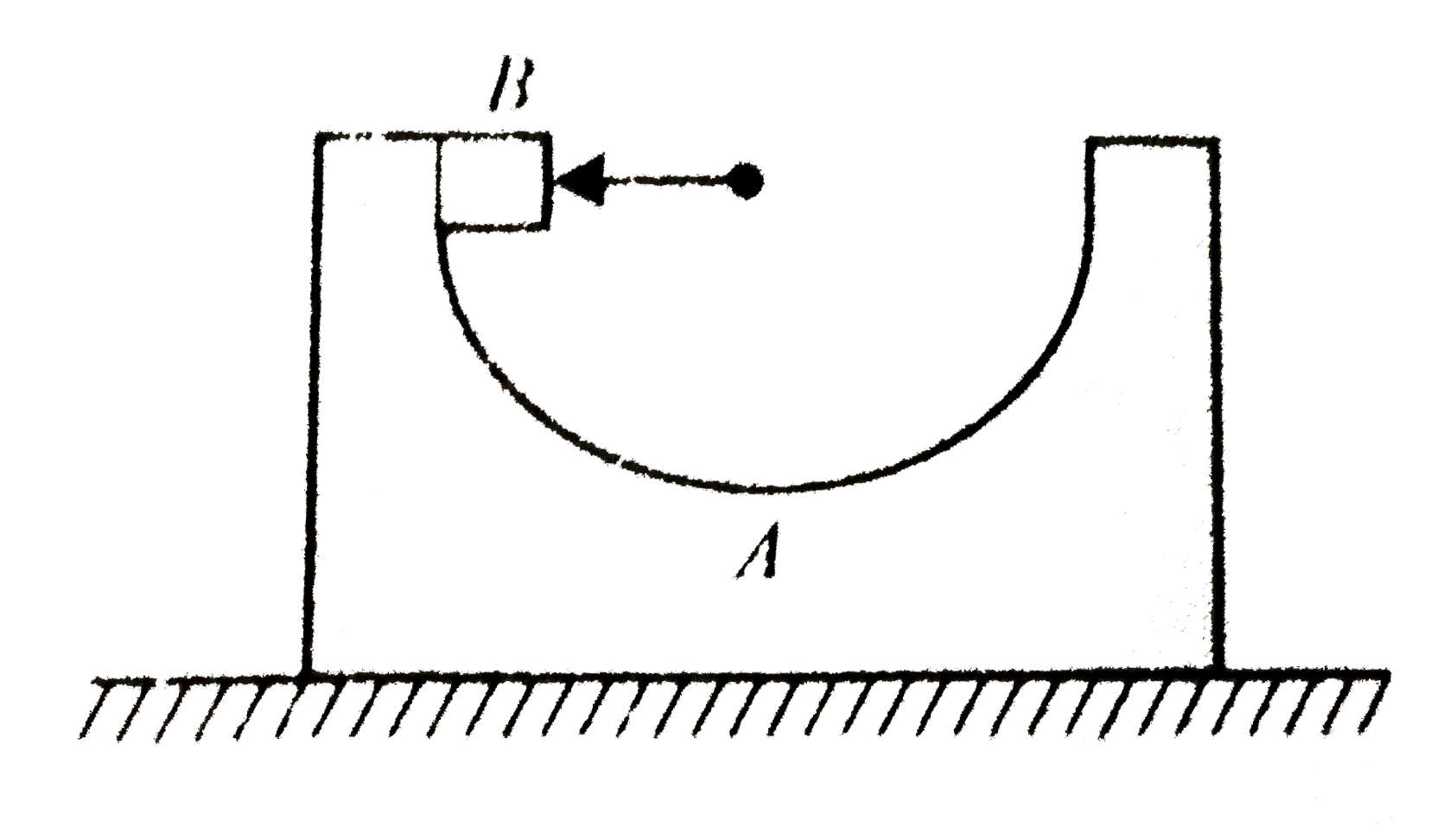
View Solution


